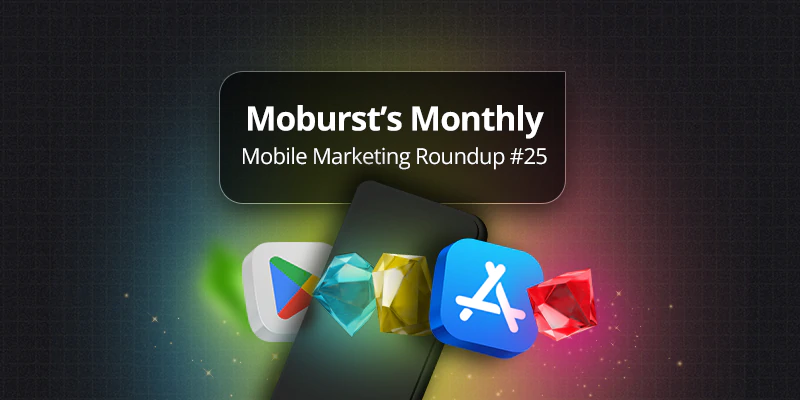

Step 2, Do market and keyword research Next, do thorough keyword research and curate keywords based on relevancy, difficulty, competition level and search volume. Additionally, check out similar apps to gain inspiration and see how their names evoke feelings from their audience. See if there are any current trends such as Spotify, Gamify, Shopify, etc. However, make sure your app is “one of a kind”. Use a search engine and see if your app name is used somewhere else on the web. Just because it’s not in the app store, doesn’t mean it doesn’t exist. You want your branding to be unique, especially as you’ll be marketing this app through numerous PR and media channels. Also, iOS won’t let you piggy-back on a different app already in the Apple Store, so if you choose to copy, your proposal will be rejected. Step 3, Get creative and functional with keywords It’s important to know that the title and the keywords list in the Apple App Store carry the most weight, so use them as a descriptive anchor. For Google Play, keywords in the app name generally rank higher than keywords from other sources. To prevent keyword stuffing, iOS apps can only have 50 characters for app names, and Google Play allows 30. Thus, get creative with your keywords and think of something unique and brandable. For example, Instant + Telegram = Instagram! These creative ideas attract organic and free traffic to your app, so use them! Your app’s name should serve as a green light for search engines. What about the app, PicDish? Just as it sounds, the app is designed for amateur food photographers who discover the world through local food. Is the app name relevant to it’s primary purpose and function? Yes. In conclusion, creating an app name is a pivotal point of the ASO process. These tips can help assist you in the right direction and get your mind rolling. We wish you the best of luck!






